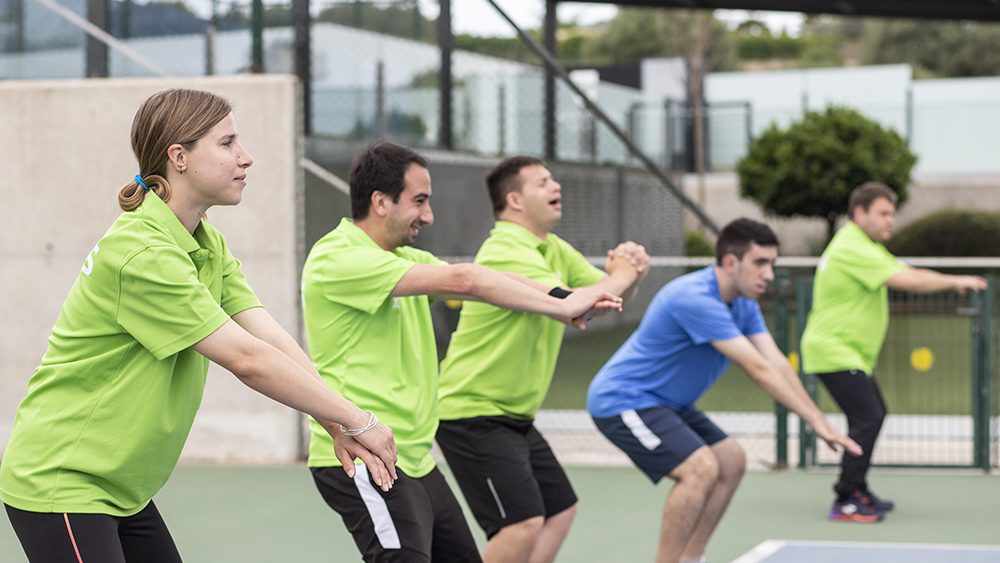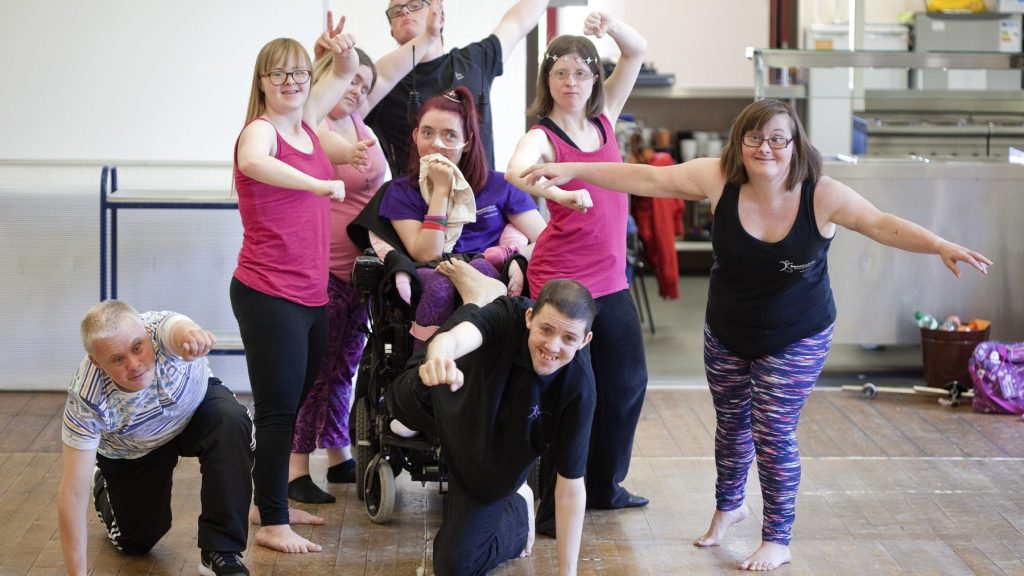
“A mental illness is a condition that affects a person’s thinking, feeling, behavior or mood. These conditions deeply impact day-to-day living and may also affect the ability to relate to others. Mental health conditions are far more common than you think, mainly because people don’t like to, or are scared to, talk about them.” [1]
“Almost 60% of the world population is in work (1). All workers have the right to a safe and healthy environment at work. Decent work supports good mental health by providing:
- a livelihood;
- a sense of confidence, purpose and achievement;
- an opportunity for positive relationships and inclusion in a community; and
- a platform for structured routines, among many other benefits.
For people with mental health conditions, decent work can contribute to recovery and inclusion, improve confidence and social functioning. Safe and healthy working environments are not only a fundamental right but are also more likely to minimize tension and conflicts at work and improve staff retention, work performance and productivity.” [2]

4 Benefits of Physical Activity for People with Intellectual Disabilities
- 1. Improve Cardiovascular Health
- 2. Decrease the Risk of Obesity
- 3. Strengthen Bones and Muscles
- 4. Improve Mood and Mental Well-being

Suggestive Activities & Exercises for IDD adults.
- “Walking: walking is excellent for both physical and social interaction. Check out your local parks for information about trails and walking paths. Many places have paved paths that make it much easier to get around while still immersing you in nature. Some places even have handicap-accessible paths for people in wheelchairs.” [4]
- “Building Muscle and Flexibility: To stay in shape and prevent muscle atrophy, it’s important to do activities that engage all the major muscle groups. For adults with disabilities like cerebral palsy, this can be difficult. But there are always options that are both fun and healthy.” [4]
Examples:
- “Yoga is an excellent source of exercise that provides both strength and flexibility.
- Swimming is also a perfect exercise for older adults and those with limited mobility.” [4]
- “Arm Circles: Stand up tall and extend your arms out to the sides as far as they can go. Bring your shoulder blades back towards each other and move your arms forward in small circles for 20 to 30 seconds. Then move your arms backwards in circles for 20 to 30 seconds. See how to do arm circles. [This will strengthen muscles in your shoulders, neck, and upper back. And it will increase your upper body strength and help improve your posture.” [1]
- “Squats: Stand up tall with your feet shoulder-width apart. Sit your butt backwards and bend your knees as if you are sitting into a chair. Keep your knees behind your toes (keep your weight on your heels, not your toes), and try to keep your back parallel to your shins. Doing this in front of a mirror or partner will help. Squat until your legs reach a 90 degree angle or until you cannot hold the proper form. Repeat 10 to 20 times. Here’s what your squats should look like. [This is a fantastic way to strengthen your core, hips, and legs.]” [1]

- “Arts and Crafts: Just like anyone else, engaging in artistic activities allows people with developmental disabilities to express themselves and be creative. This can be especially therapeutic for those who are unable or unwilling to communicate verbally. It also creates a feeling of accomplishment and satisfaction, which is important for our mental well-being as humans.” [4]
- “Music and Dancing: Music is one of our most ancient traditions as humans. Pretty much everyone can appreciate and enjoy music of some kind or another. Listening to music engages multiple parts of the brain in the memory, mathematical, and pleasure centers.” [4]
- “Cooking: Cooking as an activity for developmentally disabled adults has several benefits. It is fun, teaches self-reliance, provides a sense of accomplishment and is inclusive.” [5]
- “Gardening: Here’s a great way to gather a group together to nurture the seeds they plant and watch grow into beautiful flowers, vegetables and even trees. The ongoing project builds team bonds, work ethic dedicated to a common cause and the shared rewards.” [5]
Staying active is essential for people of all abilities and skill levels. So, let’s move our body!

Resources:
[1] https://casmircares.com/five-exercises-to-help-adults-with-idd-take-control-of-their-life/
[2] https://ilaonline.org/intellectual-developmental-disabilities-idd-and-exercise/
[3] https://sonc.net/benefits-of-physical-activity-for-intellectual-disability/
[5] https://www.colemanadultday.org/activities-for-adults-with-developmental-disabilities/
